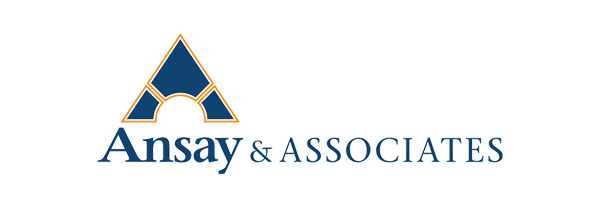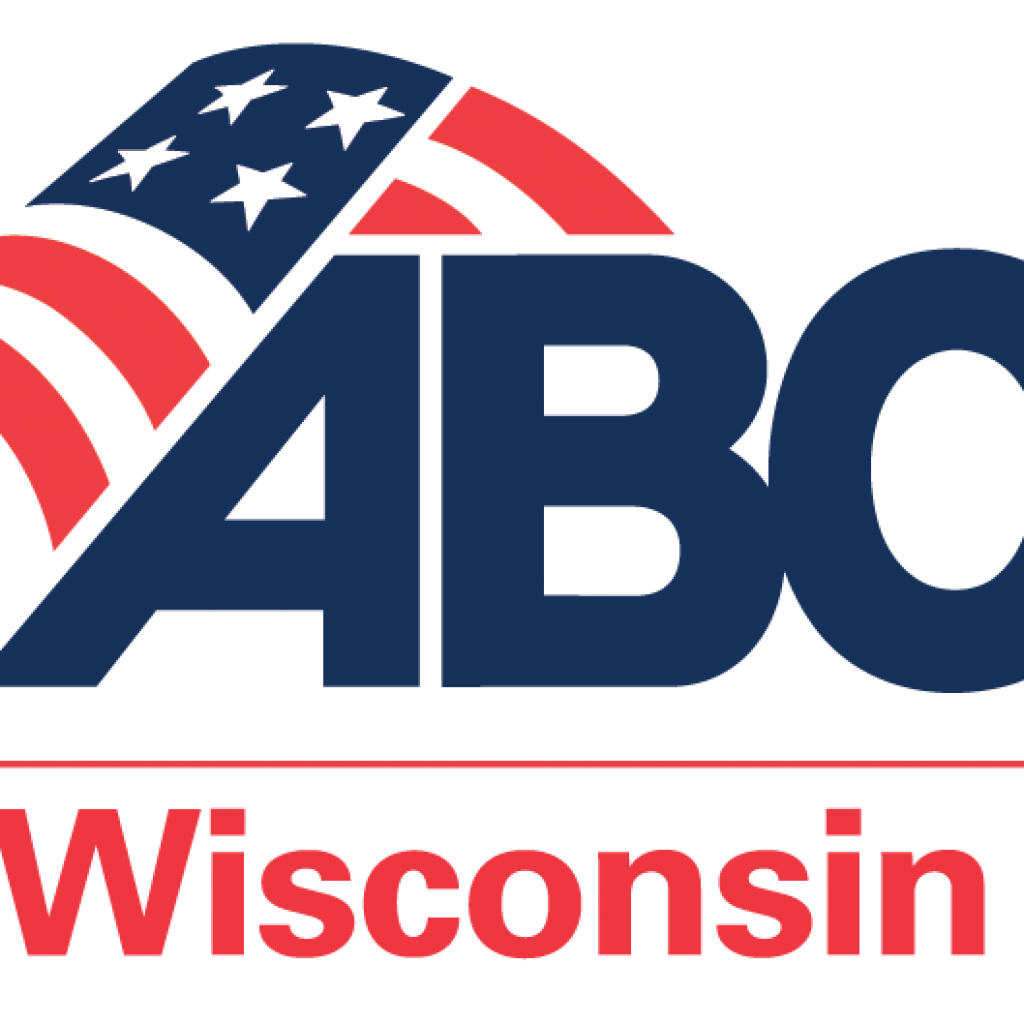By John Wallen, HUB International
A construction worker in Palmyra, Wisconsin became another grim safety statistic in July when he fell from a scaffold onto a metal stake.
Construction is among the most dangerous occupations, accounting for one in five deaths among U.S. workers. The most common cause? Falls, accounting for 34%.
Small wonder that worker safety is a pervasive concern in the construction industry, one that’s aggravated by the ongoing shortage of workers. Employers that have succeeded in fostering a culture of safety are best positioned to deal successfully with both issues.
Overall, the U.S. construction industry’s safety statistics paint a dark picture. In 2020, 1,008 of its workers died on the job, part of a pattern of 10.2 fatal injuries suffered out of every 100,000 workers. It’s the third highest death rate of any industry. Wisconsin held to national trends. Construction and extraction jobs saw the third highest number of deaths, 16, in a COVID environment when fatal work injuries overall were down.
A strong safety culture is part and parcel of an overall environment that emphasizes and supports wellness and safety, consistently promoted and supported by management. Here are three considerations for designing a program that will have a positive impact on safety.
1. Training counts
It’s not just workers that need consistent and regularly updated safety training. But that’s a start, using OSHA safety guidelines as a basis, which will equip people to both identify major areas of potential hazard and how to address them. Task and job-specific hazards should be woven in. Additionally, it’s essential to train new employees as part of the orientation process. This early emphasis on safety conveys the importance that safety has within the company’s culture.
Further, supervisors and managers need their own training that emphasizes safety as a corporate value and demonstrates ways to build a safety culture. Being open to workers’ concerns of hazards is one way. Reminders of safety basics, through posters and signs, is another. Rewarding and recognizing “safe” behaviors empowers employees while reinforcing a safety culture.
Underlying it all is a concerted emphasis on safety as being integral to the business routine, from the beginning to the end of each project.
2. Instill accountability with managers – but workers, too
It’s difficult to determine the value and impact of a renewed safety focus with insufficient metrics.
That starts with an incident reporting process, anonymous and accompanied by constructive feedback, to enlist the support of workers. Supervisors also should be required to submit near-miss reports, which should inform the development of safety strategies. Their everyday responsibilities should include regular safety talks, demonstrations and frequent unannounced jobsite inspections.
It’s important to establish and track specific safety-related metrics. These can include lost time injury frequency rates, corrective actions taken to address specific incidents or issues, , but near-misses, too.
A safety process that management not only spearheads but is actively involved in will snowball and gain momentum organization-wide.
3. Be ready for OSHA
Including the process for OSHA inspections in employee safety training will strengthen the program.
Best practices call for each contractor/trade and the general contractor to have an employee safety representative accompany the compliance officer to explain safety protocols and correct minor issues that may arise during inspection. OSHA inspectors have the right – and will likely exercise it – to question employees. When workers have been prepared to understand the officer’s role, they’ll be better equipped to respond to specific questions.
A culture of safety should be part of an organization’s set of core values, putting it front and center for everyone’s thinking and behavior. Doing it right is more than just a compliance issue. It’s how today’s and tomorrow’s employees are safeguarded and resilient construction firms are strengthened.

John Wallen is Vice President and Wisconsin Construction Practice Leader for global insurance brokerage Hub International, with more than 30 years of experience providing risk management consulting, effective insurance solutions and innovative risk and cost reduction strategies for the construction industry.












